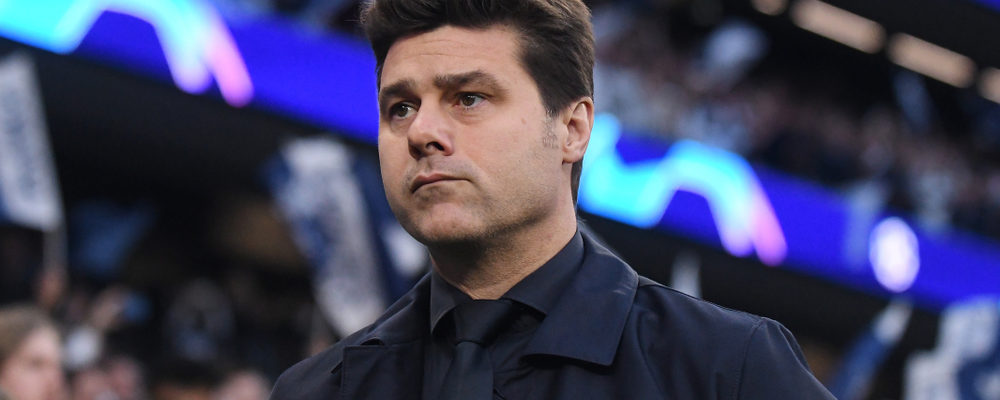Two of Europe’s biggest football clubs have harnessed key business partnerships to export their coaching methods to developing nations.
On 19 September, it emerged that Borussia Dortmund had tied up with marketing firm World1 Sports in a two-year initiative to send coaches to schools in India – a venture that is already underway in the state of Tamil Nadu. [1] On the same day, Tottenham Hotspur announced via their official website that the club has held five football clinics for more than 240 children in Myanmar, as part of a groundbreaking coaching programme delivered in conjunction with its global principal partner, AIA. [2]
The rationale underpinning each initiative is strikingly similar. Borussia Dortmund’s Asia-Pacific managing director Suresh Letchmanan told The Times of India: “We have always believed in the importance of youth football and are hoping to find a way to develop youngsters in India … The objective is to see how we can train kids and coaches in India in the Dortmund way without any shortcuts.”
Meanwhile, Tottenham international development manager Anton Blackwood said: “It’s been fantastic visiting Myanmar for the first time and delivering Tottenham Hotspur’s world-renowned coaching philosophy to the young players.”
Clearly, with terms such as the ‘Dortmund way’ and the ‘Tottenham philosophy’ central to their media statements, both teams are hoping that their specific approaches to coaching will take root and flourish among their respective trainees in India and Myanmar – an objective that highlights the contagious nature of coaching.
It’s a theme that surfaced in relation to the business world earlier this month in a Retail TouchPoints interview with Gallup chief scientist, workplace, Jim Harter: co-author with Gallup CEO Jim Clifton of recently published leadership bible It’s the Manager. [3] In the piece, Harter argues that the modern workforce needs coaches rather than bosses, and says that leaders create a culture when they coach the employees they manage directly.
He notes: “There’s a cascade effect … that starts with leadership, which has to set a clear purpose that says, ‘Here’s what our organisation is about in a succinct way that everybody can relate back to their jobs.’ They need to make it clear what the brand represents, and they need to make it clear what kind of culture they want to develop. Then they need to coach the people that directly report to them, because that's going to set the standard for how those people then coach others. That cascade is really important.”
In what other ways can leaders achieve a contagious – or cascade – effect with the coaching their organisations provide?
The Institute of Leadership & Management’s head of research, policy and standards Kate Cooper says: “As an organisation, we encourage a coaching approach – and that means asking questions rather than supplying answers, encouraging people to arrive at their own solutions, being genuinely interested in the person you’re talking to and believing that they are capable and able to develop further. All of those resonate very clearly with the sort of coaching approaches we may see in sport.
“But when we turn to the cascade effect that Harter refers to – or encouraging a culture in which everyone behaves like that – if, at any point in the hierarchy, those behaviours aren’t exhibited, the cascade will simply break down. People look to their managers to be role models. So if you want coaching approaches to flourish, you have to coach the people you manage. And at no point can you say, ‘It’s different here,’ or ‘I know better,’ or ‘What is needed…’ Because if that really is your view, you’re not buying into the whole idea of coaching approaches.”
Cooper notes: “The most eye-catching phrase that Suresh Letchmanan provides about the ‘Dortmund Way’ is ‘without any shortcuts’. Coaching techniques are not quick fixes. If this is a different way of approaching the conversations that managers have with the people who report to them, and how senior teams talk to each other – and, indeed, how you talk to your own manager – then it’s going to take time for everyone to grow accustomed to it.”
She adds: “There are two, crucial factors here. Firstly, if you don’t have trust, and if you don’t think that the person who is ‘coaching’ you genuinely believes in what they’re doing, you will quickly become suspicious, and the whole experience will be inauthentic and fall flat. Secondly, there’s transparency, and this can be quite a challenge – but the important thing to remember is that an open-door policy involves a lot more than people coming to you with their problems. It’s about conversations being overheard. And if you hear your manager, or managers of other teams, speaking to their teams and each other in a recognisably coaching fashion, then that, too, can be imitated.”
For further thoughts on the themes raised in this blog, check out the Institute’s new research on coaching, and its new resource, Coaching Conversations
Image of Tottenham Hotspur coach Mauricio Pochettino courtesy of CosminIftode, via Shutterstock
Like what you've read? Membership gives you more. Become a member.

